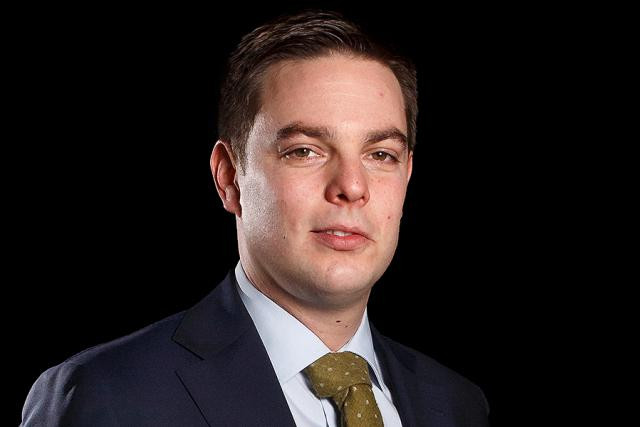Before globalisation, wealthy families and economic interests were essentially tied to single geographies. At that time, life insurers that mastered the legal and fiscal environment of said geographies and invested in the maintenance of their solutions could serve their clients successfully. This has now changed.
Modern day nomads
Barclay’s recent survey shows that 20% of wealthy people have lived in at least three countries, challenging life insurers’ capacities to offer solutions in sync with the ever-evolving legal and tax environments of clients’ countries of residence. Consider, for example, a family with children studying in several countries who become residents of a third country through marriage to their university sweetheart. Or the short term professional assignment of the senior executive abroad, that turns out to be a long term stay through a second marriage introducing also new children to the “family”?
For life insurers that want to get it right, a global footprint, localised expertise through fully-fledged in-house professionals plus an access to top notch law offices with knowledge of the targeted geographies is crucial. Indeed, tailoring the contract to the client’s personal situation, continue to be the focal points of insurance solutions.
Wealthy families have traditionally invested in unquoted ventures and run often global, family businesses.
Tom Rasqué, Head of business development Luxembourg (Lombard International Assurance SA)
All asset classes
Globalisation has made international portfolios a reality. Wealthy families have traditionally invested in unquoted ventures and run often global, family businesses. In an environment of historically low interest rates, the wealthy are now diversifying their investments in private equity, passion investments and other unquoted ventures.
A third of EU business leaders, representing 690,000 companies, will retire in the coming years.
Tom Rasqué, Head of business development Luxembourg (Lombard International Assurance SA)
This trend is accentuated by baby boomers currently selling off their companies. The European Commission estimates that a third of EU business leaders, representing 690,000 companies, will retire in the coming years. It becomes imperative for modern life insurers to invest in professionals exclusively focusing on non-traditional assets who are in charge of evaluating, onboarding and maintaining unquoted assets on the back of a stringent but proactive risk management policy.
Flight to safety & administrative simplification
As a result of the financial crisis, a lot of wealthy individuals spread their portfolios between several financial institutions. Here, Luxembourg life insurers have the advantage to leverage the country’s triangle of security, taking asset protection beyond the Grand Duchy’s bank deposit guarantee scheme.
72% of wealthy individuals with over USD 10 million of investable assets are entrepreneurs.
Tom Rasqué, Head of business development Luxembourg (Lombard International Assurance SA)
Diversifying assets over several wealth management professionals however brings additional administrative complexity to the client, which motivates life insurers to invest in multi-custody solutions and the ability to concentrate multiple portfolios under one contract. Consolidated portfolio statements and tax certificates in line with the requirements of the client’s country of residence are also noteworthy industry trends.
Growing expectations
As “self-made” clients are becoming more common compared to traditional clients who often inherited their wealth, new sets of expectations have formed around wealth management. According to the World Economic Forum’s recent survey, 72% of wealthy individuals with over USD 10 million of investable assets are entrepreneurs. These clients tend to have a good financial education, so they are adept in demanding increasingly sophisticated life insurance solutions. The recent implementation of the Specialised Assurance Fund by the Luxembourg regulator introduced the option to self-manage insurance contracts, in line with CAA circular 15/3, for an array of areas.
